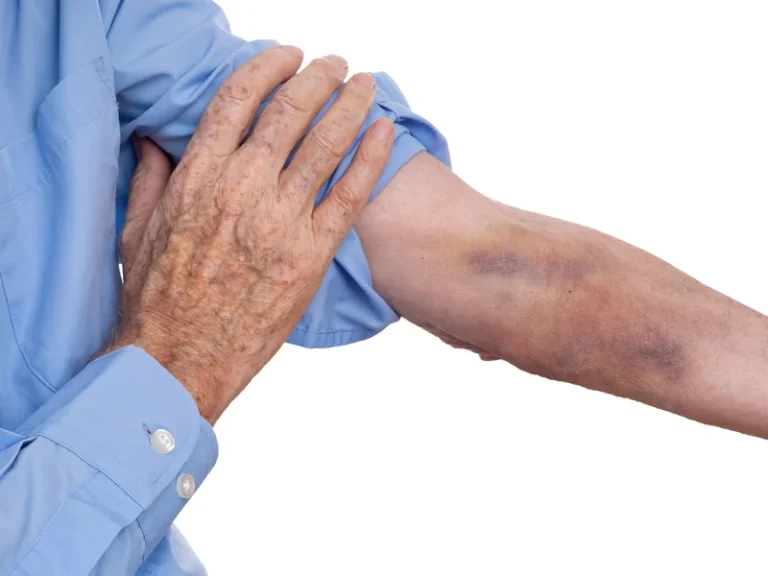
The National Institute on Drug Abuse (NIDA) states that relapse is common in recovery, with rates ranging from 40% to 60%, emphasizing the importance of structured support to prevent future substance use. The eligibility requirements for halfway houses are based on factors such as sobriety, commitment to recovery, and referral from treatment programs or probation officers. Applicants must show proof of their participation in rehabilitation or addiction treatment and demonstrate a readiness to comply with the halfway house’s rules and regulations.

About Our Facilities
Unlike rehab, halfway houses provide structure and support without ongoing addiction treatment. The benefits of halfway houses include reinforced accountability, peer encouragement, structured recovery support, and a gradual transition into independent living. By alcoholism symptoms fostering personal responsibility and providing important recovery tools, halfway houses play an important role in sustained addiction recovery and successful reintegration into daily life. Residents with insurance access in-network services, while those without insurance qualify for free or low-cost healthcare through state-funded programs.
Inmate placement into a RRC
- Whether you’re ready or not, you may be required to move out after several months.
- If you or someone you know is struggling with drug overdose or substance use disorders, it’s crucial to take action.
- If you or your loved one feels the need to continue living in a sober community environment after your stay at a halfway home, look into sober living houses.
- On the other hand, halfway houses are dorm-style living spaces owned by a government or private agency.
Failure to pass a drug test results in consequences such as warnings, probation, or removal from the program. The challenges faced by halfway houses in the U.S. include financial constraints, staffing shortages, societal stigma, and the difficulty of balancing safety with rehabilitation. Many facilities struggle to meet the growing demand for transitional housing while maintaining effective support systems. Structured schedules ensure that residents engage in daily responsibilities, counseling sessions, and employment or educational pursuits, helping them regain independence in a supportive environment. Support groups provide a network of peers in recovery, fostering mutual encouragement and shared accountability. Life skills training equips residents with important skills such as financial management, job readiness, and healthy communication, promoting long-term success in independent living.
Evidence Based
Many facilities serve individuals transitioning from incarceration, homelessness, or mental health treatment who need a structured, supportive living environment. While addiction recovery is a primary focus, some halfway houses support mental health stabilization, employment reintegration, and independent living skills for various populations. New York City’s energy can be overwhelming, but for those seeking recovery, there’s support.
Halfway House: Definition, Purpose, Operation, For Whom, Benefits
Contact us today to schedule an initial assessment or to learn more about our services. Whether you are seeking intensive outpatient care or simply need guidance on your drug addiction journey, we are here to help. New York sober houses are certified by the Recovery Houses of Rochester Residences or RHR.

Facility Overview
Drug tests are conducted on a scheduled basis or when deemed necessary to detect any substance use and prevent relapse. Yes, you can have visitors in a halfway house, but there are rules and restrictions in place for safety and recovery purposes. Visitors are required to undergo screening and approval by staff, and visits are scheduled during designated hours. These policies help ensure that interactions do not interfere with recovery goals or the safety of residents, as maintaining a sober and controlled environment is key to rehabilitation success. After DRS reviewed the website, we found they provide affordable relapse prevention and support.

Get Treatment Help Now
While it isn’t common for a newly sober person to live at a halfway house, it isn’t impossible. Someone committed to sobriety can check their local halfway house about any specific recovery milestones that might be recommended before residency. Use the SAMHSA program locator to find halfway houses in your area, or click here to halfway house learn more about treatment options. They are usually located in residential areas, and neighbors and businesses occasionally oppose the idea of the halfway house being in their community.
Our team is here to provide the support and guidance needed for a successful recovery. State and city pages provide detailed information about sober living homes in each location. You can use savings or credit, get a personal loan, or receive help from family and friends to fund your treatment.
- Regular mental health care helps prevent relapse, improves overall well-being, and supports long-term recovery, allowing residents to build resilience and develop healthier coping mechanisms for the future.
- In terms of living arrangements, you can probably expect to share a room with one or two other people.
- You can also browse our comprehensive list of addiction treatments by state by visiting our homepage.
- Some transitional housing programs partner with clinics and outpatient providers to ensure residents receive medication management, therapy, or psychiatric care.
These structured sober living environments offer a safe space to transition out of rehab or incarceration. They provide a supportive community where you can focus on rebuilding your life, surrounded by others on a similar journey. Halfway houses in New York don’t just provide a roof; they connect residents with therapy, and life skills programs, all crucial for lasting recovery. With this foundation, individuals can emerge stronger and reintegrate into society with confidence. New York provides comfortable, furnished, and safe homes for sober living residents to reside while they are recovering from both alcohol and drug abuse.
